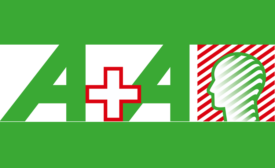EHS Conventions
From preventive healthcare to ergonomics, green jobs to mental health
A+A 2015 to cover "full spectrum" of EHS issues
July 1, 2015
Report from ASSE
How do you become a safety business partner?
And why should you?
June 9, 2015
From Safety 2015
Understanding and influencing risk tolerance
Why did the worker do that?
June 9, 2015
Never miss the latest news and trends driving the safety industry
eNewsletter | Website | eMagazine
JOIN TODAYCopyright ©2024. All Rights Reserved BNP Media.
Design, CMS, Hosting & Web Development :: ePublishing







